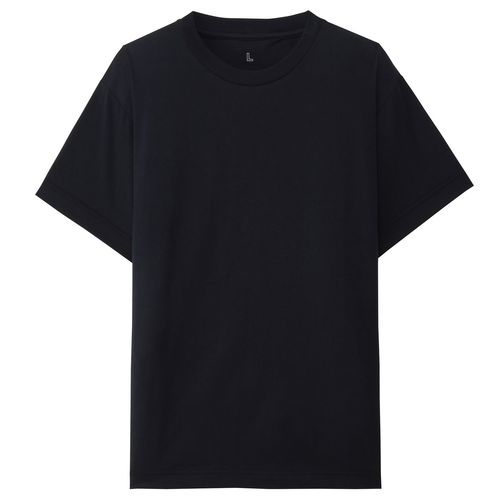As an important part of clothing, fabric has an important impact on the comfort and performance of clothing. When we understand the moisture absorption and breathability characteristics of different fabrics, we can better choose the right fabric to meet our needs. Here’s a breakdown of some common types of fabrics and their moisture-absorbent and breathable characteristics.
1. Cotton fabric: Cotton fabric has excellent hygroscopicity, can quickly absorb body surface sweat and dry quickly, keeping the skin dry and comfortable. Cotton has good breathability and can circulate air through the fiber gaps, effectively regulating body temperature and allowing the skin to breathe smoothly.
2. Linen fabric: Linen fiber has good hygroscopicity and can quickly absorb moisture in the air and release it quickly to keep the body dry. . Linen fabric has excellent breathability, and the fibers are rich in pores, which allows air to flow freely and has excellent heat dissipation effect.
3. Silk fabric: Silk fiber has high hygroscopicity. Silk fabric can absorb and maintain moisture on the skin, making it suitable for wearing in hot seasons. Silk fabric is naturally breathable, and its fiber structure is sparse, which can effectively keep the skin breathing smoothly.
4. Wool fabric: Wool fiber has excellent hygroscopicity and can quickly absorb sweat on the body surface to keep it comfortable and dry. Moreover, due to the particularity of its structure, wool fibers can form many small gaps, allowing air to flow freely between the fibers, thereby achieving good air permeability.
5. Polyester fabric: Polyester fiber itself does not absorb water and easily forms static electricity in a humid environment. However, modern technology has been improved and some polyester fabrics have the ability to absorb moisture. performance. In terms of air permeability, ordinary polyester fabrics are relatively poor, but some specially treated polyester fabrics (such as breathable film layer technology) can have better air permeability.
6. Nylon fabric: Nylon fiber has excellent hygroscopicity and can quickly dissipate moisture on the body surface and keep the skin dry. In terms of breathability, the usual nylon fabrics are relatively average, but better breathability can be achieved through better textile technology and processing methods.
In addition to the characteristics of the fabric itself, moisture absorption and breathability are also related to the structure and treatment of the fabric. For example, processing some fibers with good breathability or adding special material coatings can improve the moisture absorption and breathability of the fabric. Therefore, when choosing clothing, you should not only consider the type of fabric, but also understand the processing method of the fabric and the environment in which the fabric is suitable.
In general, choosing the right fabric is very important to maintain a comfortable and healthy wearing experience. By understanding the hygroscopicity and breathability characteristics of different fabrics, we can choose the appropriate fabric according to our needs and wearing environment, so as to obtain a better wearing experience.





